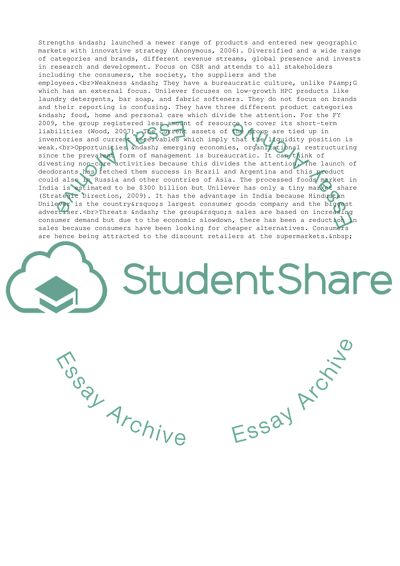Cite this document
(Unilever Brands among Most Recognized in Brazil Case Study, n.d.)
Unilever Brands among Most Recognized in Brazil Case Study. Retrieved from https://studentshare.org/business/1735722-business-analysis
Unilever Brands among Most Recognized in Brazil Case Study. Retrieved from https://studentshare.org/business/1735722-business-analysis
(Unilever Brands Among Most Recognized in Brazil Case Study)
Unilever Brands Among Most Recognized in Brazil Case Study. https://studentshare.org/business/1735722-business-analysis.
Unilever Brands Among Most Recognized in Brazil Case Study. https://studentshare.org/business/1735722-business-analysis.
“Unilever Brands Among Most Recognized in Brazil Case Study”, n.d. https://studentshare.org/business/1735722-business-analysis.


